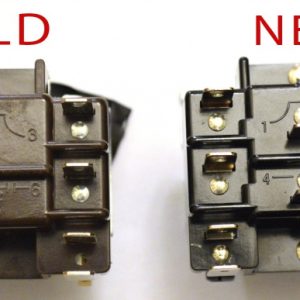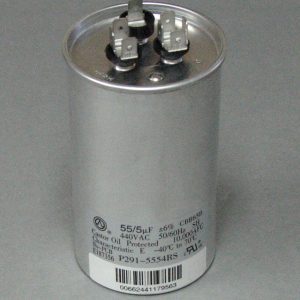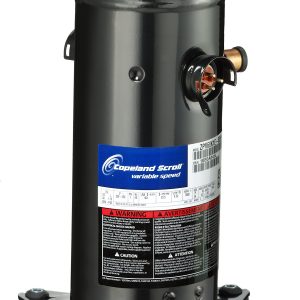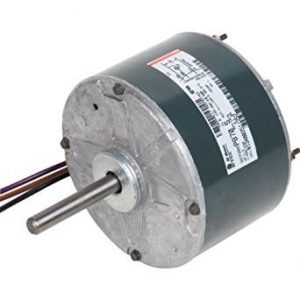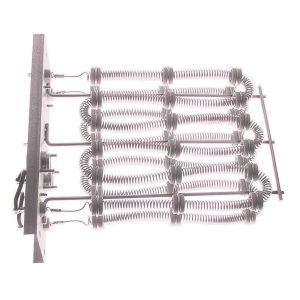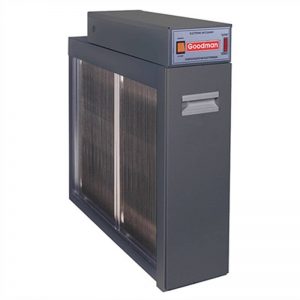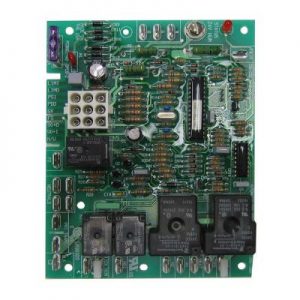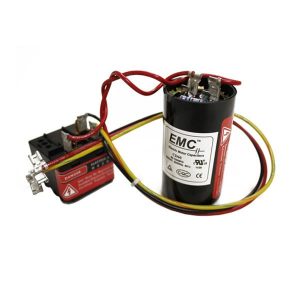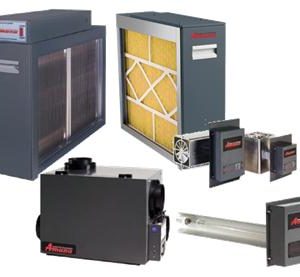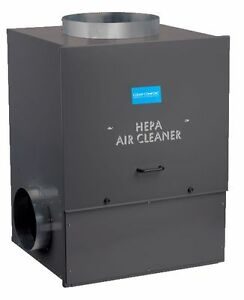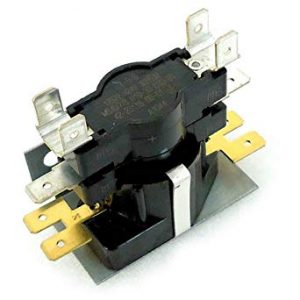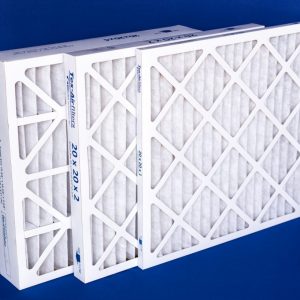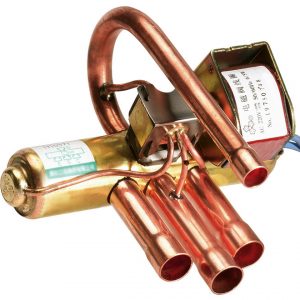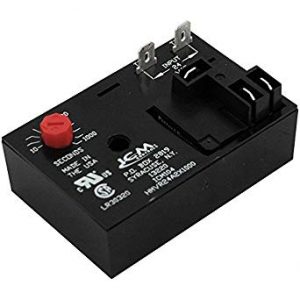BLOWER MOTOR RELAY
There are two main types of blower motors.
1. Single-speed units operate on an on/off switch. These motors operate at a consistent speed until the desired temperature is achieved.
2. Multi-speed models allow variable fan speeds, which can help alleviate cold spots and make other temperature adjustments. Variable speed motors are also more energy efficient; since they can control small temperature shifts, multi-speed units don’t use as much fuel to heat up larger spaces.
How to Identify a Failing Blower Motor Relay
In a blower motor, the relay supplies the power that allows the fans to circulate warmed air. Essentially an on/off switch, the blower motor relay’s reactions start and end the heating process in HVAC systems by controlling the flow of current between the power source and the motor.
Blower motor relays tend to wear out over time from the stress of constantly flicking back-and-forth.
These signs indicate a possible issue with the blower motor relay.
• When the blower motor does not respond at all, it may not be due to mechanical failure within the motor itself. Since the relay supplies the current that makes the motor move, a nonresponsive motor may be the result of a worn-out relay.
• The blower motor relay does more than channel electrical current. Relays are a vital protection against electrical surges. When the relay receives a jolt of strong current or simply cannot manage and distribute its load, it will send excess current into the fuse. This forces a shutdown which protects the entire system from electrical damage. Thus, blown fuses could be a sign of relay issues.
• Blower motor relays handle a large amount of current. Malfunctioning relays aren’t able to distribute their load properly. This can cause the relay to retain excess heat and become warm to the touch. If left unaddressed, the heat from a compromised relay can melt away the plastic casing and components around it. In extreme cases, the panel or fuse box can sustain damage as well.
A malfunctioning relay means the HVAC system can’t distribute the treated air until the problem is corrected.


